Olive Young - Seoul Station Branch [Tax Refund Shop] (올리브영 서울역점)
1.6Km 2024-06-27
405, Hangang-daero, Jung-gu, Seoul
-
Podam (포담)
1.6Km 2021-03-22
11, Jahamun-ro, 9-gil, Jongno-gu, Seoul
+82-2-733-0831
A store featured in Korean gourmet programs. This Chinese (cuisine) restaurant is located in Jongno-gu, Seoul. The most famous menu is dim sum.
Cheolgil Tteokbokki (철길떡볶이)
1.6Km 2024-03-18
35-6 Chungjeong-ro, Seodaemun-gu, Seoul
Cheolgil Tteokbokki is a famous pilgrimage site for tteokbokki lovers. As the name suggests, it is located next to the railroad (“cheolgil” in Korean) near Chungjeongno Station. There is a wide variety of Korean dishes available, from tteokbokki that will bring back childhood memories to gimbap, deep-fried dishes, and sundae. As the name suggests, it is located next to the railroad near Chungjeongno Station. The restaurant has been in operation for two generations while maintaining its original appearance. The old signboard and exterior have a nostalgic feeling. Unlike tteokbokki in soup, which is currently popular, this tteokbokki with chewy rice cakes is coated well with thick spicy sauce. It's very delicious when mixed with the restaurant’s deep-fried foods. Visitors are recommended to take the seat outdoors to enjoy the view of the railroad tracks while eating.
The National Folk Museum's Korean Folk Performances for Visitors (국립민속박물관 우리민속한마당)
1.7Km 2021-07-07
37, Samcheong-ro, Jongno-gu, Seoul
• 1330 Travel Hotline: +82-2-1330 (Korean, English, Japanese, Chinese) • For more info: +82-2-3704-3114
The National Folk Museum is the leading museum depicting Korean folk culture that attracts 3 million visitors every year. Every Saturday, the museum offers free performances where Korean music, traditional dance, martial arts, and mask plays are performed for Korean and international spectators to illustrate Korea’s major seasonal events, special exhibitions, and traditional intangible cultures.
GOGHI (고희)
1.7Km 2021-03-26
17, Jahamun-ro 12-gil, Jongno-gu, Seoul
+82-2-734-4907
A good café to have a meal as it has a brunch menu as well as drinks. This cafe is located in Jongno-gu, Seoul. The representative menu is americano.
Vestis - Gyeongbokgung Branch [Tax Refund Shop] (베스티스 경복궁)
1.7Km 2024-04-18
1F, 17, Jahamun-ro 12-gil, Jongno-gu, Seoul
-
National Folk Museum of Korea (국립민속박물관)
1.7Km 2019-03-19
37, Samcheong-ro, Jongno-gu, Seoul
Located inside Gyeongbokgung Palace, the National Folk Museum of Korea presents historical artifacts that were used in the daily lives of Korean people in the past. Through the displays, visitors can learn about the domestic and agricultural lifestyles, as well as Korea’s cultural beliefs.
The National Folk Museum of Korea has three permanent exhibitions and two special exhibitions as well as a library, souvenir shop, and other subsidiary facilities.
National Folk Museum of Korea Children’s Museum (국립민속박물관 어린이박물관)
1.7Km 2019-03-18
37, Samcheong-ro, Jongno-gu, Seoul
+82-2-3704-4540, 4524
The Children’s Museum is a hands-on experience museum run by the National Folk Museum of Korea. A variety of visual aids and assembly models allow children to touch and feel pieces and experience folk history in an interactive way. The theme of the exhibitions consists of folk clothing, food, shelter, social life, and entertainment. The museum has a number of interactive spaces including a table set for an ancestral ritual, magnet miniatures depicting a baby’s first birthday, and an area where young visitors can build a folk house. Young learners can also create an avatar wearing in Hanbok, make kimchi using visual aids, or play gonu (a traditional board game). The museum also collects, preserves, and maintains relics and historical items related to youth and youth culture.
![Vivien [Tax Refund Shop] (비비안)](http://tong.visitkorea.or.kr/cms/resource/67/2878567_image2_1.jpg)
![Venus [Tax Refund Shop] (비너스)](http://tong.visitkorea.or.kr/cms/resource/95/3314795_image2_1.jpg)

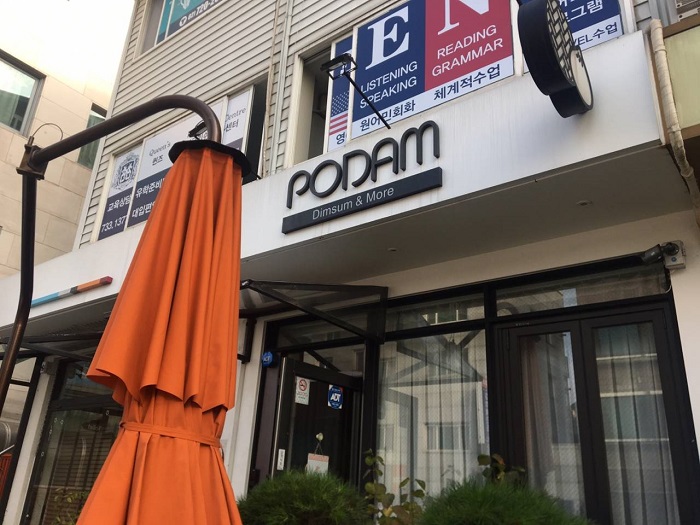
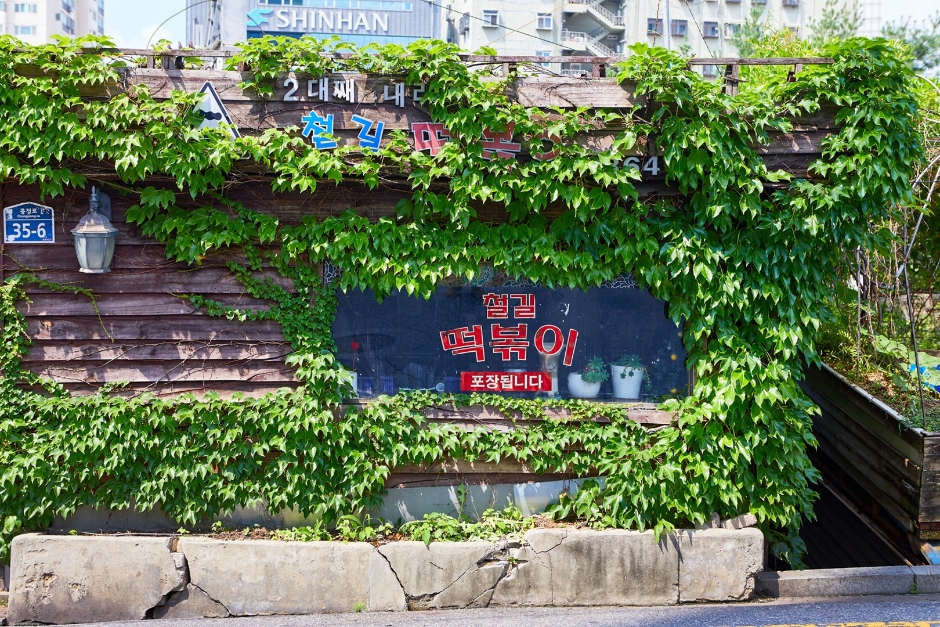
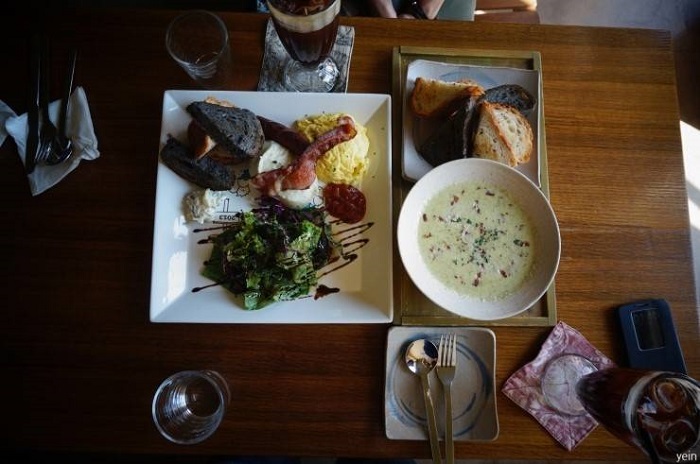
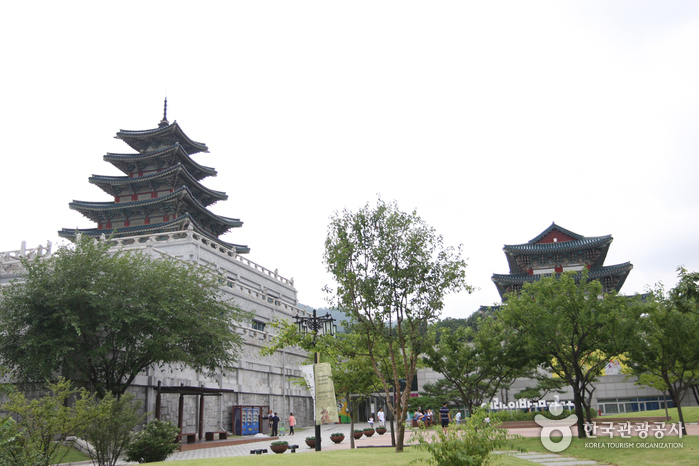
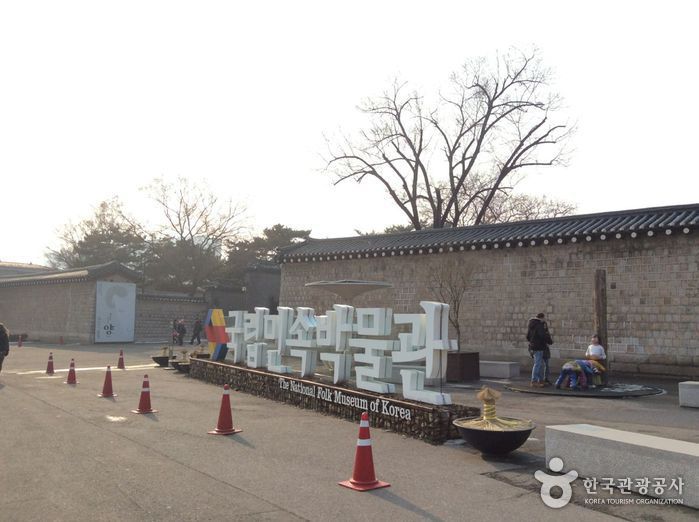
 English
English
 한국어
한국어 日本語
日本語 中文(简体)
中文(简体) Deutsch
Deutsch Français
Français Español
Español Русский
Русский